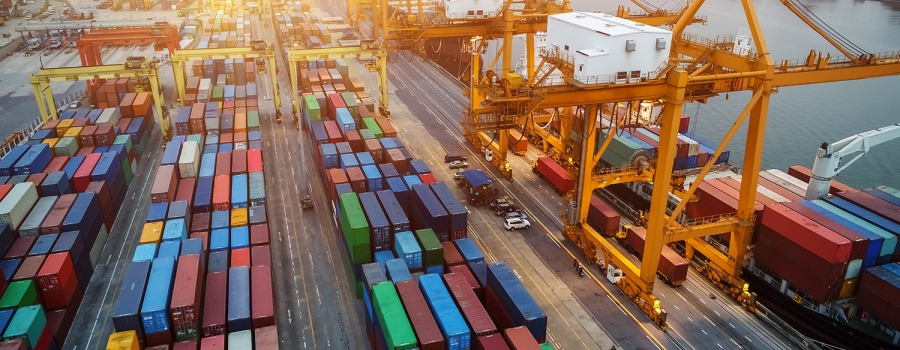
The world of transportation management software (TMS) is moving fast. Over the past 24 months, we’ve seen things change more than in the previous six or eight years. If you aren’t among the many players already reassessing or reinventing what you have, it’s time to start working on it.
The good news is that it’s never too late to take inventory of where you are and what’s available in the marketplace to improve your operation incrementally, or wholesale. So how to catch up, or even get ahead of the curve?
Generally speaking, first make sure you take a fresh, unencumbered look at what you’re doing to improve short- and long-term supply chain (SC) performance. Second, identify the top handful of priorities, both for the next 12 months and for three to five years down the road.
I spoke with a shipper recently who is replacing his legacy SC applications with a whole new generation of providers—no easy task. His company is also trying to streamline its IT and tech investments by going to cloud-based solutions. A number of companies still using legacy or on-premises systems—or old-style enterprise resource planning—are moving toward best-in-class cloud-based applications.
I spoke with another firm—a global 3PL—which is taking a different tack. They plan to build their own open source global TMS solution internally by incorporating a number of industry standards that allow them to pick and choose the best players for their specific needs.
A lot of things currently are driving the constant search for better TMS solutions. One is the Amazon effect—the leading online retailer has raised expectations for what a supply chain should be. Another is the competitive advantage some companies have already achieved from advanced TMS.
Either way, the opportunities are increasing to create more efficient multimodal supply chain strategies.
As you look ahead to improving your own TMS, consider these basic layers of a strong foundation: What tools, apps, or systems do you need to improve? What kind of process—from internal reengineering to 3PL outsourcing—will you require to get the most out of them? And, do you have all the data you need to make better strategic decisions, this week, next month, and further down the road?
Even then, taking that next step will be a challenge. According to a recent article in DC Velocity, “While it is easier and cheaper than ever to implement a TMS solution, it is not a no-brainer. It may require a transformation of the company’s culture, especially if the project changes how its sales force traditionally does business. It demands total buy-in from upper management.”
This is the first in a series of posts in which I’ll explore various issues in the 3PL and SC arena. Some of the future topics I would like to address include: intermodal SC visibility, demand forecasting, and more reliable ETAs.
While Supply Chain demands are changing rapidly, and each situation is unique requiring appropriate strategic and tactical choices, I hope to help make things a bit clearer for anyone using advanced technologies to improve results for our customers. I welcome your comments and questions.
If your company is interested in learning more about Railinc-provided transportation management software solutions, please contact us at commercialinfo@railinc.com.
